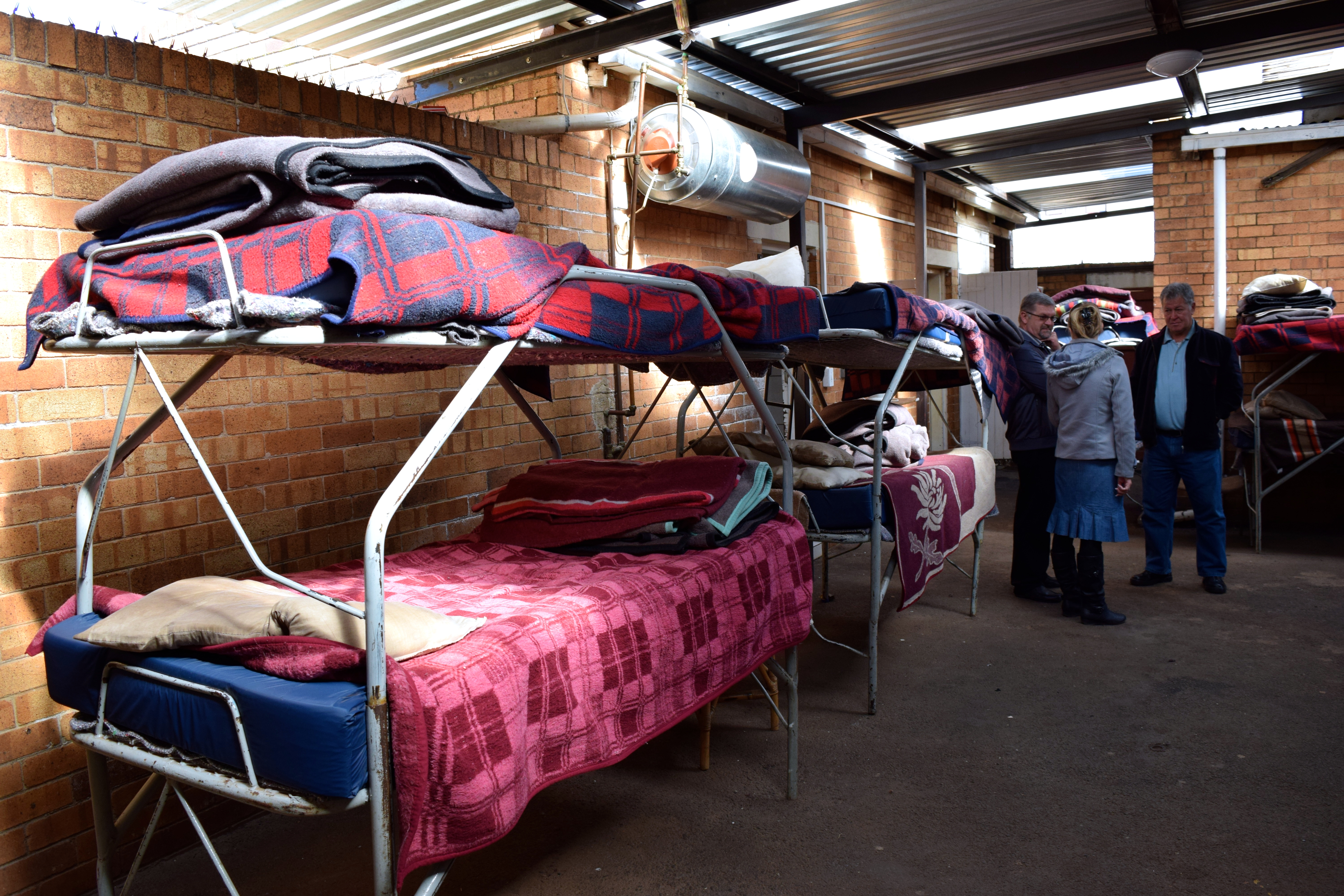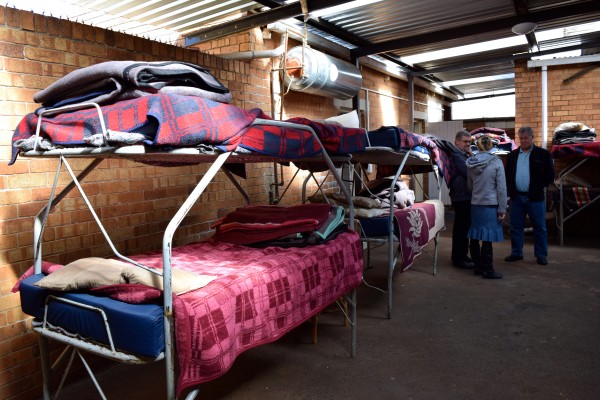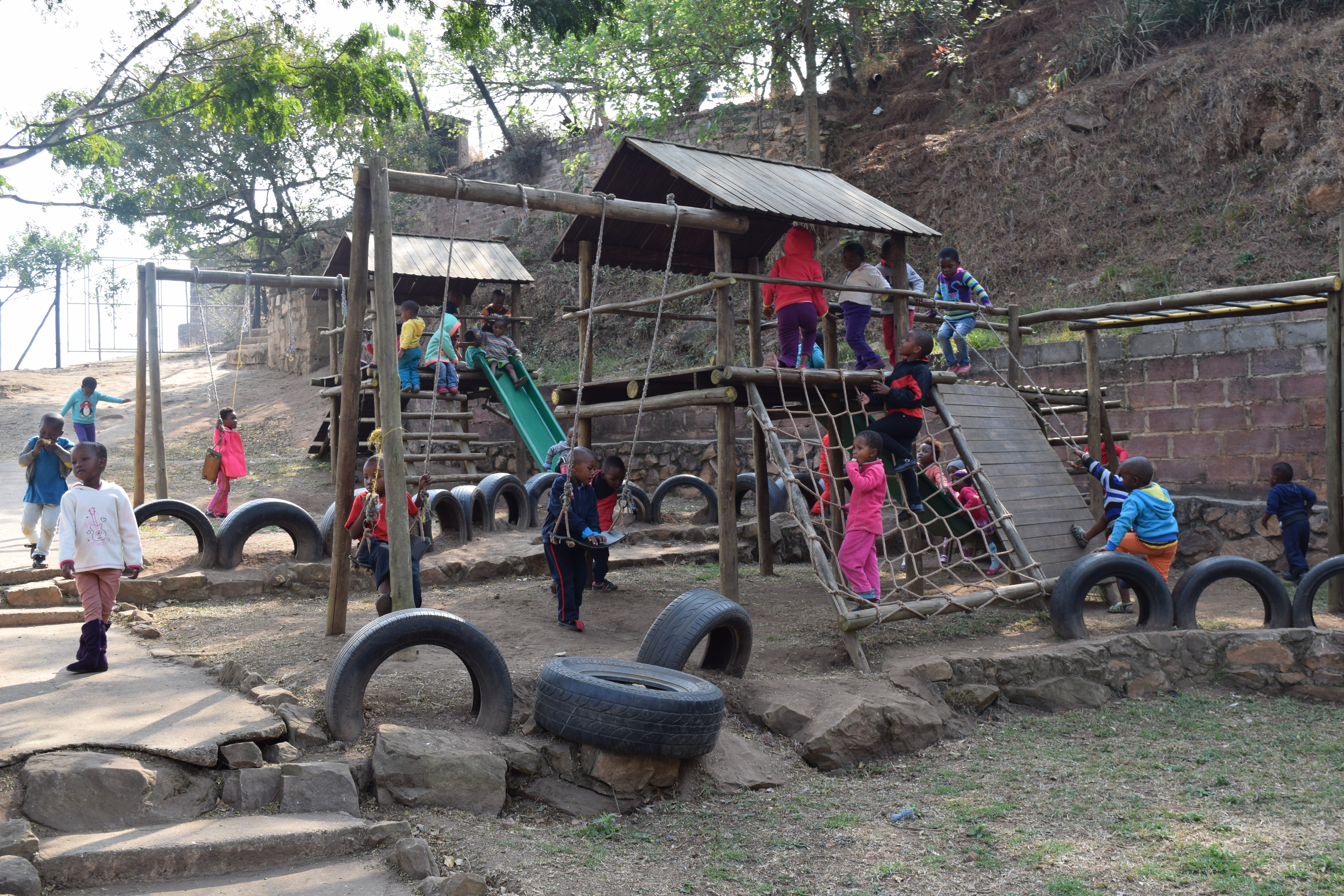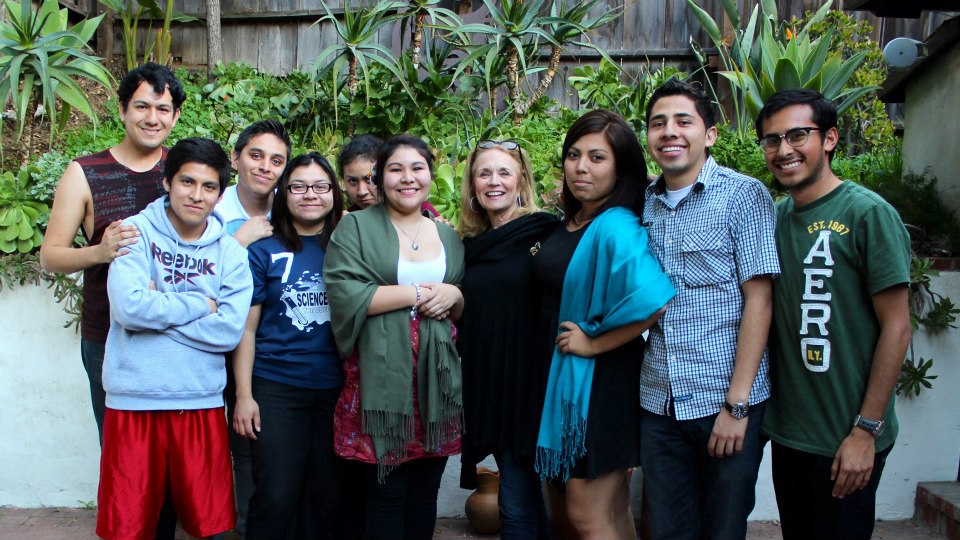EL NUEVO SOL
Kempton Park, Gauteng, South Africa — After his release from a jail cell, after serving ten years on attempted murder charges, Corrie Straydom became homeless.
“I would walk the streets of Kempton Park, begging for money while I was drunk,”
Straydom said.
Straydom, 56, is one of the millions of homeless people that live in South Africa.
About 54.9% of males and 58.6% of females live impoverished lives in South Africa, according to Statistics South Africa, the national statistical service of South Africa.
After his release from jail five years ago, Straydom was looking for a place to beg
for money when he found “Mould, Empower, and Serve” (MES), a Kempton Park homeless
shelter.
“Once I saw MES, I slept on the pavement outside of it, and when they opened the doors,
I was the first person to sleep inside that day. Ever since then, I have tried to sleep there
every night,” Straydom said.
MES KEMPTON PARK HOMELESS SHELTER
In August 2010, MES Kempton Park became a satellite branch of the organization
MES Johannesburg, which also has branches in Port Elizabeth and Cape Town. The organization is funded by various organizations.
“MES Kempton Park receives their biggest income from churches and our community
contributions. We also receive money from businesses and individuals,” said Lilly
Franks, branch manager of MES Kempton Park. “We don’t have support from the
government or foreign donors.”
The fees that the shelter charges aren’t enough to cover the maintenance of the shelter, said Gert Lotz, founder of MES Kempton Park.
It costs MES Kempton Park R38 ($3.40) per person, per night to stay at the shelter.
Straydom pays R14 ($1.25) per night, and donor funding makes up for the rest of the
cost. During his stay, he is able to shower, wash his clothes, and eat a hot meal.
Straydom pays for his nightly fee by car guarding. As a car guard, Straydom receives tips for looking after parked cars.
“I’m a boilermaker by trade, but I recently started looking after cars at McDonald’s,”
Straydom said. “After a few days, the manager approached me and gave me a job here.”
The shelter has room for 26 men and 8 women. The men and women sleep in different rooms for safety reasons, but there are a few couples, such as Straydom and his girlfriend, that stay at the shelter.
When Straydom doesn’t make enough to book a night in the shelter for his girlfriend and himself, they sleep on the street, he said.
CHALLENGES OF THE IMPOVERISHED
MES Kempton Park beneficiaries face unemployment, hunger, and difficulties caring for their children, Franks said.
Israel McMillan, 47, wakes up every morning at 5 a.m. to look for work. If he doesn’t find a job by 10 a.m., he goes to MES for a free lunch.
MES Kempton Park provides cooked lunches to an average of 40 unemployed and homeless people four times a week.
McMillan said he feels bad that he hasn’t been able to find a stable job for over 3 years now.
“I’m not able to care for my daughters, Surprise and Solange, and I really want to provide
for them. My family looks down upon me because they think I’m not much of a man
since I can’t provide for my family,” said McMillan.
South Africa’s unemployment rate has increased to 25.5% in the second quarter of 2014,
according to Statistics South Africa Quarterly Labour Force Survey.
MES KEMPTON PARK OFFERS UNIQUE RESOURCES
MES Kempton Park is one the few homeless shelters in Kempton Park that offers after-school care and a trauma room.
“We have a unique after-school center that accommodates up to 20 children everyday. We provide a meal to the kids and help them with their homework and studying for their exams,” Franks said.
The trauma room offers 72 hours of emergency shelter to abused women and children.
The most common cases in the trauma room are rape cases, Lotz said.
South Africa has one of the highest rates for sexual assault and rape in the world. It’s rate is estimated to be seven times higher than in the U.S., according to the U.S. Department of State Bureau of Diplomatic Security.
The shelter also has food banks that give food every week to about 50 impoverished families living in the inner city.
EMPOWERING THE HOMELESS
“We not only offer overnight shelter, but also try and get people to integrate back into
society,” Franks said.
MES has developed a specific model that all of its branches implement in their shelters. It focuses on prevention and intake, intervention, and a sustainable exit.
Clients are first referred to the Assessment Center through programs the shelter
coordinates, such as street outreaches, feeding schemes, and clothing banks.
“We can’t take in a random person that can potentially quit the program two to three weeks
later, which has happened before,” Lotz said. “We need to make sure the people we are
taking have a very good chance to finish the courses and become sustainable.”
Afterwards, a social worker assesses the person’s circumstances and creates an Individual Development Plan. The person is then placed in an appropriate program and sent for training
and skills development. Children are put in the shelter’s preschools or after-school
centers.
After completing the training, each client is expected to have the skills to be self-
sustainable.
Clients are placed in jobs, and children are school-ready once they leave the shelter’s pre-
schools and afterschool centers.
But the shelter doesn’t have enough room to accommodate all of the trainees in
the program.
“We would like to offer people accommodation when they are taken up into
training programs. A lot of businesses will fund the training component, but not the
accommodation. The model doesn’t work well if you can’t offer accommodation for the
trainees,” Franks said.
In spite of day-to-day obstacles, MES Kempton Park staff say the future is bright. The park is in the process of becoming an independent branch.
“I have seen countless people transformed at MES: from people quitting their addictions to developing a desire to change their life to becoming financially stable,” said Sandy Mallen, volunteer at MES Kempton Park.
“MES helps everyone that comes to their doorstep and is eliminating homelessness in South Africa, one person at a time.”
Tags: homelessness Poverty South Africa Sur Africa















